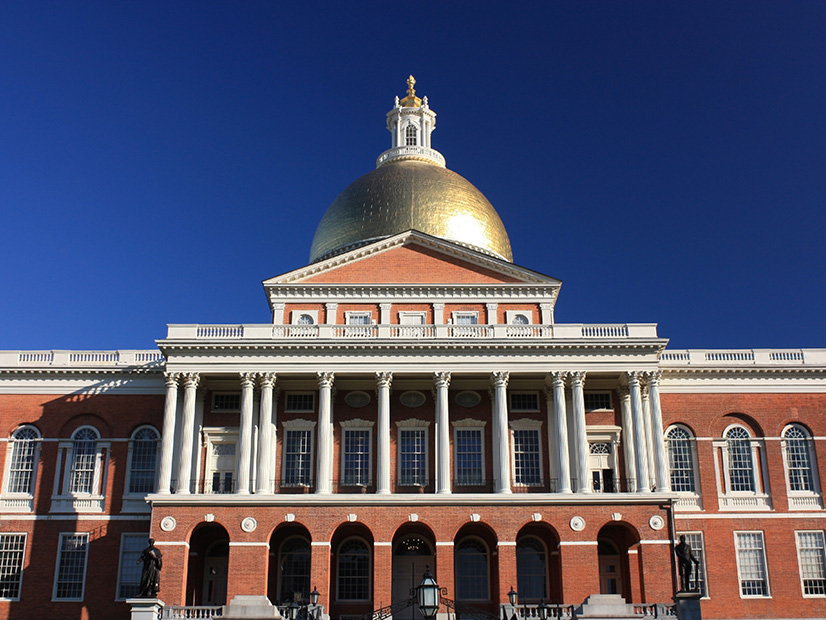
After passing an extensive climate law earlier this year, the Massachusetts administration must look closely at the pathways for rapid decarbonization and if it is betting on the right solutions, according to energy consultant Dan Allegretti.
“I think it is important to keep checking in every so many years and ask the question: What do we need to change as we go forward,” the former vice president at Exelon said at the Northeast Energy and Commerce Association’s Legislative Update event on Wednesday.
Wind and solar power variability, as well as worsening storm events, “all need to be addressed” in the state’s next steps implementing the Next-Generation Roadmap law, Allegretti said.
Instead of racing to 100% renewable energy, state policymakers should “think about decarbonization more holistically across sectors,” he said, and “determine where it is best to deploy capital to reach incremental goals once we develop a predominantly renewable power sector.”
The state’s new climate law sets emission reduction sublimits for certain sectors every five years, including the natural gas and building sectors. Massachusetts is heavily reliant on neighboring states and Canada for its energy resources, which “makes transmission planning tricky,” he said. Gov. Charlie Baker’s administration will need to focus on building the in-state supply of solar and offshore wind.
Massachusetts is making a “big bet on offshore wind,” Allegretti said. “And I wouldn’t go much bigger.”
Advancements in green hydrogen, long-duration energy storage and solar technologies are in the pipeline.
“We don’t know what’s coming along 10 years from now,” he said.
However, a siloed approach could mean state agencies are moving too slowly in acting on their newly prescribed roles in the climate law, said Elizabeth Mahony, assistant attorney general and senior policy adviser for the Massachusetts attorney general’s office.
“Who brings [all these efforts] together?” Mahony asked.
The climate law incorporated equity and greenhouse gas emission reductions into the state’s Department of Public Utility’s (DPU) mission statement and codified that mission statement for the first time. But the DPU and the Executive Office of Energy and Environmental Affairs haven’t opened a docket to explore what that means, and Mahony hasn’t seen this question come up in a docket under the DPU yet, she said.
The agency could play a role in determining how electric utilities will be involved in covering the costs of the renewable energy transition, such as solar storage.
Utilities in the state need to file energy efficiency plans with the DPU by Nov. 1, which will put new provisions and cost efficiency standards to the test, Mahony said.
But the climate bill is meant to transition the state to renewable energy over 30 years, said state Rep. Joan Meschino (D), one of the main architects behind the legislation. “We are not turning off the switch to natural gas tomorrow.”

